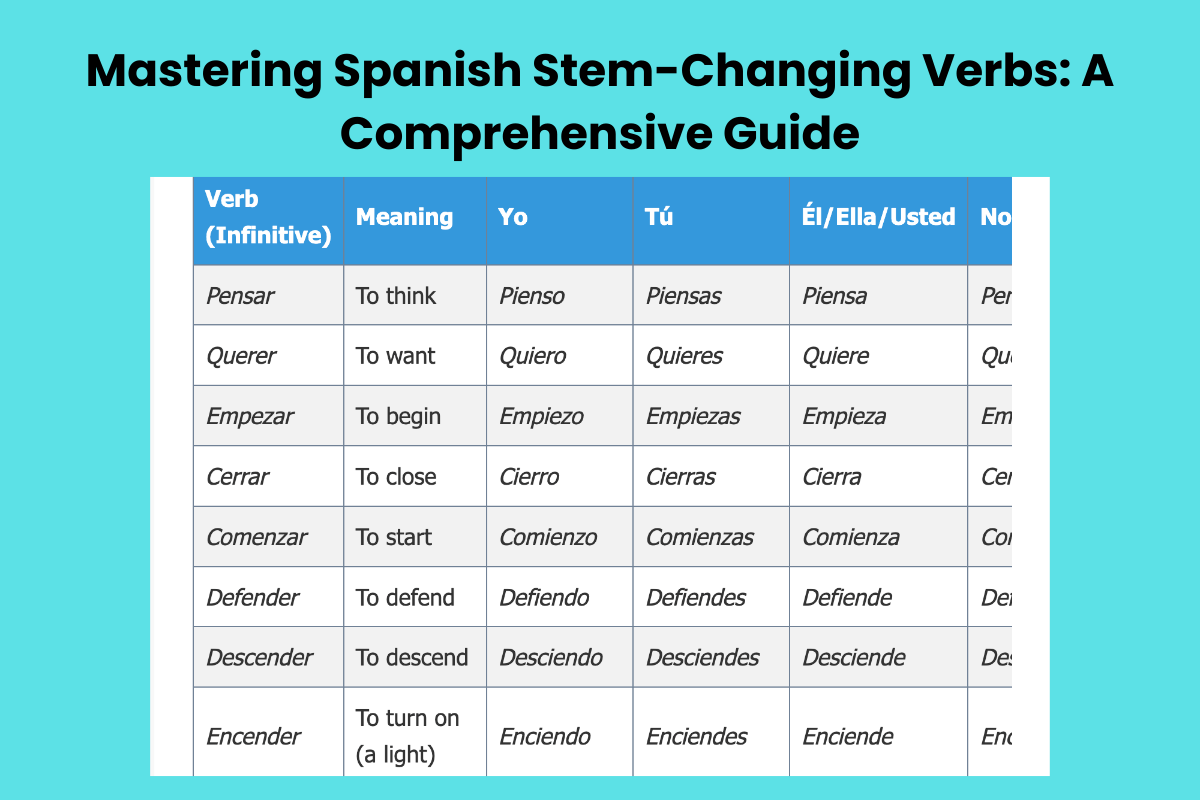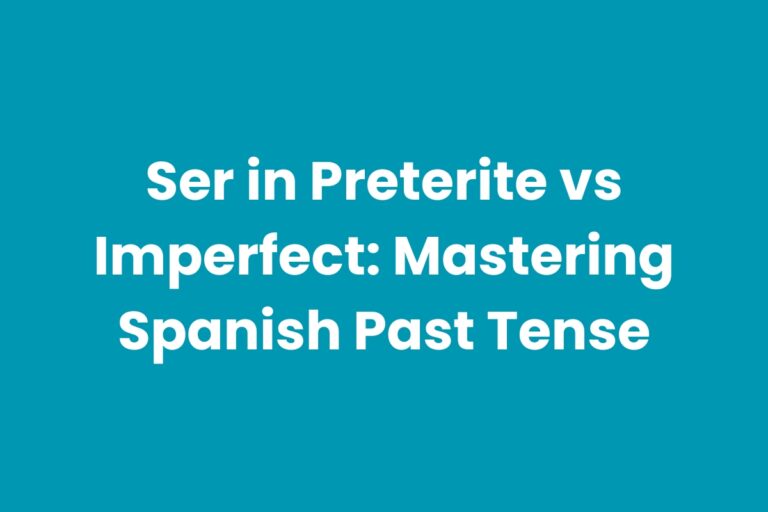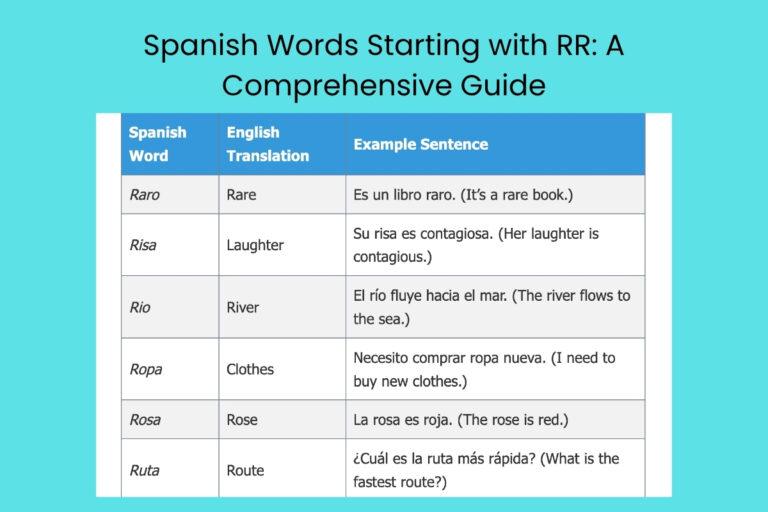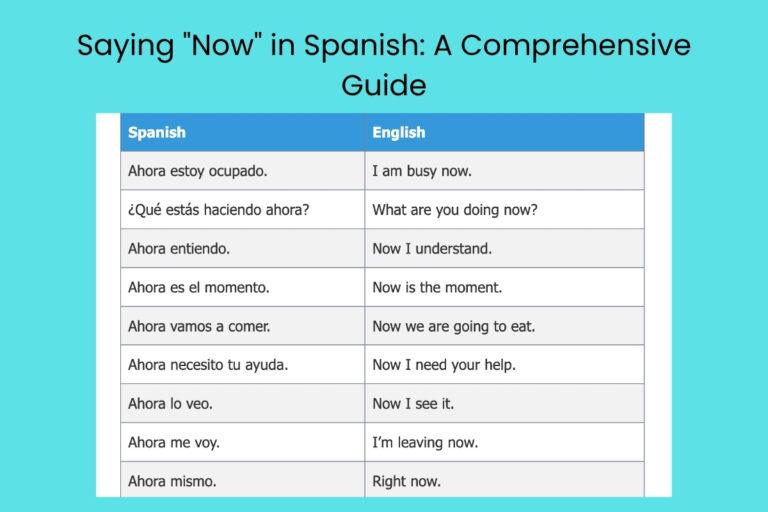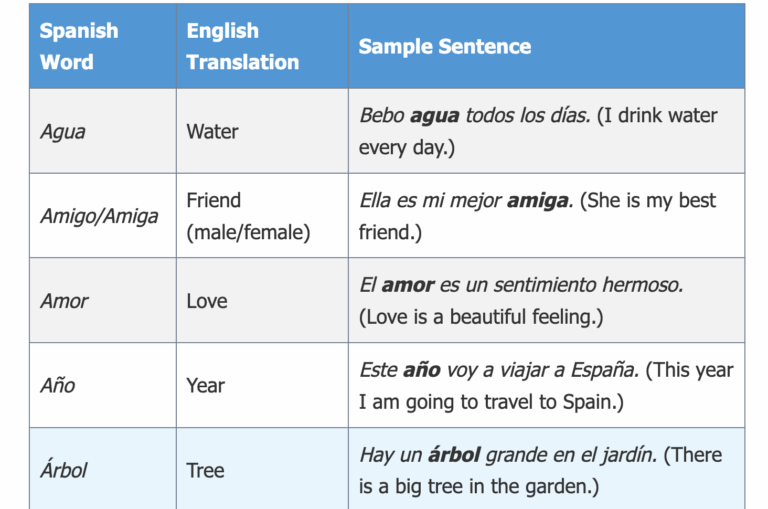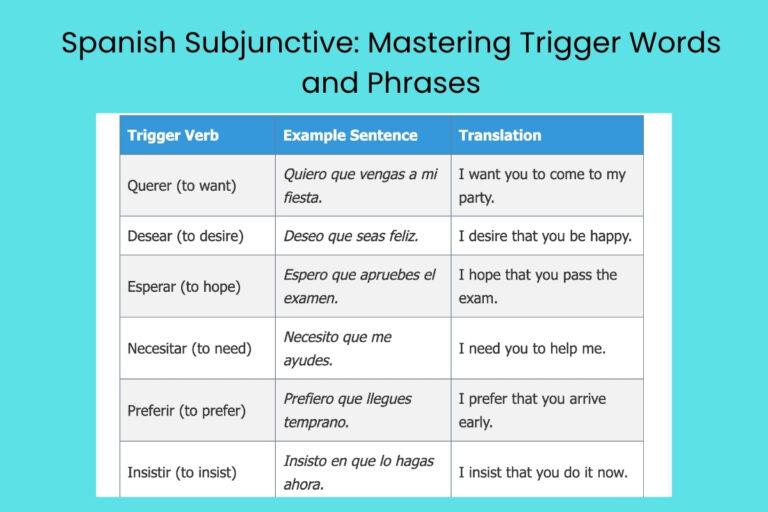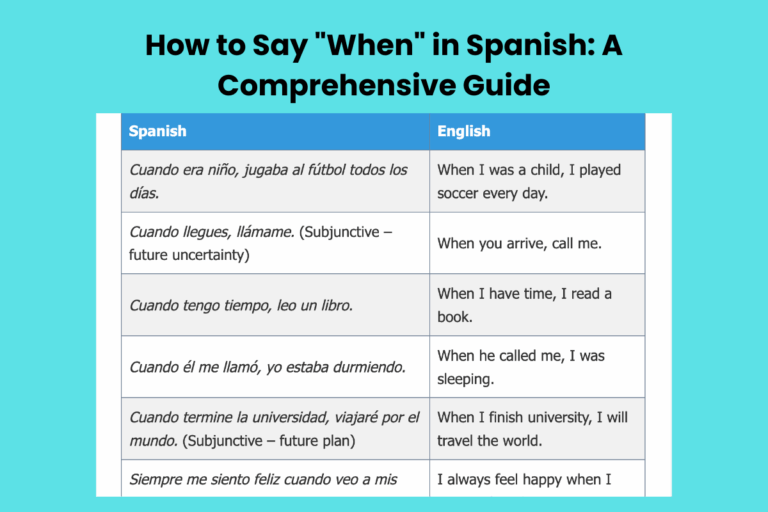Mastering Spanish Stem-Changing Verbs: A Comprehensive Guide
Stem-changing verbs are a crucial aspect of Spanish grammar that can initially seem daunting. However, mastering them unlocks a deeper understanding of the language and allows for more fluent and accurate communication.
These verbs undergo a change in their stem (the part of the verb before the ending) when conjugated in certain tenses and with certain pronouns. This guide is designed to provide a comprehensive overview of stem-changing verbs, breaking down the rules, patterns, and exceptions.
This resource is perfect for Spanish language learners of all levels, from beginners to advanced students looking to refine their grammar skills.
Table of Contents
- Definition of Stem-Changing Verbs
- Structural Breakdown
- Types of Stem-Changing Verbs
- Examples of Stem-Changing Verbs
- Usage Rules
- Common Mistakes
- Practice Exercises
- Advanced Topics
- FAQ
- Conclusion
Definition of Stem-Changing Verbs
Stem-changing verbs, also known as root-changing verbs, are verbs in which the vowel in the stem of the verb changes when conjugated in certain tenses, specifically in the present tense and sometimes in the preterite. This change does not occur in all forms; typically, it affects all forms except nosotros (we) and vosotros (you plural, Spain). Understanding stem changes is crucial to speaking and writing accurately in Spanish.
These verbs are classified based on the specific vowel change that occurs. The most common types involve changes from e to ie, o to ue, and e to i. Some verbs also exhibit a u to ue change, although this is less frequent. The function of these changes is purely grammatical; they are a feature of the Spanish language and do not inherently alter the meaning of the verb.
Stem-changing verbs are particularly prevalent in the present tense (presente), but some also exhibit stem changes in the preterite (pretérito), although these are far less common. The context in which these verbs are used is broad, encompassing everyday conversations, formal writing, and all other forms of communication. Mastering stem-changing verbs is essential for achieving fluency and accuracy in Spanish.
Structural Breakdown
The structure of a stem-changing verb involves identifying the stem and the ending. The stem is the part of the verb that remains after removing the infinitive ending (-ar, -er, or -ir). The ending is the part that changes to indicate the subject (who is performing the action) and the tense (when the action takes place). The stem change occurs within the stem of the verb, not in the ending.
For example, let’s take the verb pensar (to think), which is an e to ie stem-changing verb. First, we remove the -ar ending, leaving us with the stem pens-. Then, in certain conjugations, the e in the stem changes to ie. Therefore, yo pienso (I think), tú piensas (you think), él/ella/usted piensa (he/she/you formal think), and ellos/ellas/ustedes piensan (they/you plural think) all exhibit the stem change. However, nosotros pensamos (we think) and vosotros pensáis (you plural think) do not.
The pattern to remember is that the stem change typically applies to all forms except nosotros and vosotros. This pattern is consistent across most stem-changing verbs, making it easier to learn and apply the rules. Recognizing this pattern is key to correctly conjugating these verbs.
It’s also important to note the “boot” or “shoe” concept when visualizing stem changes. If you draw a line around all the verb conjugations that undergo the stem change, it typically forms the shape of a boot or shoe. The nosotros and vosotros forms are outside the boot, indicating that they do not change. This visual aid can be helpful for remembering which forms require the stem change.
Types of Stem-Changing Verbs
Spanish stem-changing verbs are categorized based on the specific vowel change that occurs in the stem. The most common categories are detailed below.
E to IE Stem-Changing Verbs
In e to ie stem-changing verbs, the e in the stem changes to ie when conjugated in the present tense, except for the nosotros and vosotros forms. These are among the most common stem-changing verbs in Spanish.
O to UE Stem-Changing Verbs
In o to ue stem-changing verbs, the o in the stem changes to ue when conjugated in the present tense, again excluding the nosotros and vosotros forms. These verbs are also quite common.
E to I Stem-Changing Verbs
In e to i stem-changing verbs, the e in the stem changes to i when conjugated in the present tense. This category is more limited than the e to ie and o to ue categories, but it is still important to recognize.
U to UE Stem-Changing Verbs
Only one verb, jugar (to play), follows the u to ue stem change. The u changes to ue in all forms except nosotros and vosotros.
Irregular Stem-Changing Verbs
While the above categories cover the most common patterns, some verbs exhibit irregular stem changes or have additional irregularities. These verbs must be memorized individually.
Examples of Stem-Changing Verbs
The following sections provide examples of each type of stem-changing verb, illustrating how the stem changes in different conjugations.
E to IE Examples
The table below provides examples of e to ie stem-changing verbs and their conjugations in the present tense. Notice how the stem changes in all forms except nosotros and vosotros.
| Verb (Infinitive) | Meaning | Yo | Tú | Él/Ella/Usted | Nosotros | Vosotros | Ellos/Ellas/Ustedes |
|---|---|---|---|---|---|---|---|
| Pensar | To think | Pienso | Piensas | Piensa | Pensamos | Pensáis | Piensan |
| Querer | To want | Quiero | Quieres | Quiere | Queremos | Queréis | Quieren |
| Empezar | To begin | Empiezo | Empiezas | Empieza | Empezamos | Empezáis | Empiezan |
| Cerrar | To close | Cierro | Cierras | Cierra | Cerramos | Cerráis | Cierran |
| Comenzar | To start | Comienzo | Comienzas | Comienza | Comenzamos | Comenzáis | Comienzan |
| Defender | To defend | Defiendo | Defiendes | Defiende | Defendemos | Defendéis | Defienden |
| Descender | To descend | Desciendo | Desciendes | Desciende | Descendemos | Descendéis | Descienden |
| Encender | To turn on (a light) | Enciendo | Enciendes | Enciende | Encendemos | Encendéis | Encienden |
| Entender | To understand | Entiendo | Entiendes | Entiende | Entendemos | Entendéis | Entienden |
| Gobernar | To govern | Gobierno | Gobiernas | Gobierna | Gobernamos | Gobernáis | Gobiernan |
| Hervir | To boil | Hiervo | Hierves | Hierve | Hervimos | Hervís | Hierven |
| Merendar | To have an afternoon snack | M
ierendo |
Mierendas | Mierenda | Merendamos | Merendáis | Mierendan |
| Negar | To deny | Niego | Niegas | Niega | Negamos | Negáis | Niegan |
| Nevar | To snow | Nieva | Nevamos | Neváis | Nievan | ||
| Perder | To lose | Pierdo | Pierdes | Pierde | Perdemos | Perdéis | Pierden |
| Preferir | To prefer | Prefiero | Prefieres | Prefiere | Preferimos | Preferís | Prefieren |
| Recomendar | To recommend | Recomiendo | Recomiendas | Recomienda | Recomendamos | Recomendáis | Recomiendan |
| Regar | To water (plants) | Riego | Riegas | Riega | Regamos | Regáis | Riegan |
| Sentar(se) | To sit (down) | Siento | Sientas | Sienta | Sentamos | Sentáis | Sientan |
| Sentir | To feel | Siento | Sientes | Siente | Sentimos | Sentís | Sienten |
O to UE Examples
The table below provides examples of o to ue stem-changing verbs and their conjugations in the present tense. Note the consistent pattern of stem change except in the nosotros and vosotros forms.
| Verb (Infinitive) | Meaning | Yo | Tú | Él/Ella/Usted | Nosotros | Vosotros | Ellos/Ellas/Ustedes |
|---|---|---|---|---|---|---|---|
| Almorzar | To have lunch | Almuerzo | Almuerzas | Almuerza | Almorzamos | Almorzáis | Almuerzan |
| Contar | To count, to tell | Cuento | Cuentas | Cuenta | Contamos | Contáis | Cuentan |
| Costar | To cost | Cuesto | Cuestas | Cuesta | Costamos | Costáis | Cuestan |
| Dormir | To sleep | Duermo | Duermes | Duerme | Dormimos | Dormís | Duermen |
| Encontrar | To find | Encuentro | Encuentras | Encuentra | Encontramos | Encontráis | Encuentran |
| Mostrar | To show | Muestro | Muestras | Muestra | Mostramos | Mostráis | Muestran |
| Poder | To be able to, can | Puedo | Puedes | Puede | Podemos | Podéis | Pueden |
| Recordar | To remember | Recuerdo | Recuerdas | Recuerda | Recordamos | Recordáis | Recuerdan |
| Resolver | To resolve | Resuelvo | Resuelves | Resuelve | Resolvemos | Resolvéis | Resuelven |
| Soñar | To dream | Sueno | Suenas | Suena | Soñamos | Soñáis | Suenan |
| Volver | To return | Vuelvo | Vuelves | Vuelve | Volvemos | Volvéis | Vuelven |
E to I Examples
The table below illustrates e to i stem-changing verbs and their conjugations in the present tense. Note the key difference: e changes to i, not ie.
| Verb (Infinitive) | Meaning | Yo | Tú | Él/Ella/Usted | Nosotros | Vosotros | Ellos/Ellas/Ustedes |
|---|---|---|---|---|---|---|---|
| Competir | To compete | Compito | Compites | Compite | Competimos | Competís | Compiten |
| Conseguir | To get, to obtain | Consigo | Consigues | Consigue | Conseguimos | Conseguís | Consiguen |
| Corregir | To correct | Corrijo | Corriges | Corrige | Corregimos | Corregís | Corrigen |
| Derretir | To melt | Derrito | Derrites | Derrite | Derretimos | Derretís | Derriten |
| Divertirse | To have fun | Me divierto | Te diviertes | Se divierte | Nos divertimos | Os divertís | Se divierten |
| Elegir | To elect, to choose | Elijo | Eliges | Elige | Elegimos | Elegís | Eligen |
| Freír | To fry | Frío | Fríes | Fríe | Freímos | Freís | Fríen |
| Impedir | To prevent | Impido | Impides | Impide | Impedimos | Impedís | Impiden |
| Medir | To measure | Mido | Mides | Mide | Medimos | Medís | Miden |
| Pedir | To ask for, to order | Pido | Pides | Pide | Pedimos | Pedís | Piden |
| Reír(se) | To laugh | Río | Ríes | Ríe | Reímos | Reís | Ríen |
| Repetir | To repeat | Repito | Repites | Repite | Repetimos | Repetís | Repiten |
| Seguir | To follow, to continue | Sigo | Sigues | Sigue | Seguimos | Seguís | Siguen |
| Servir | To serve | Sirvo | Sirves | Sirve | Servimos | Servís | Sirven |
| Vestir(se) | To dress | Visto | Vistes | Viste | Vestimos | Vestís | Visten |
Usage Rules
Stem-changing verbs follow specific usage rules that dictate when and how the stem change occurs. These rules are essential for accurate conjugation and communication.
- Present Tense: Stem changes primarily occur in the present tense. This includes the present indicative, which is used for stating facts or habitual actions.
- Forms Affected: The stem change affects all forms except nosotros (we) and vosotros (you plural, Spain). This pattern is consistent across all types of stem-changing verbs.
- Irregular Verbs: Some verbs may have additional irregularities beyond the stem change. These irregularities must be memorized individually.
- Reflexive Verbs: When a stem-changing verb is also reflexive (e.g., divertirse), the reflexive pronoun does not affect the stem change. The stem change still occurs according to the standard rules.
Understanding these rules will help you correctly conjugate stem-changing verbs in various contexts. Remember to pay close attention to the verb ending and ensure that the stem change is applied appropriately.
Common Mistakes
Learning stem-changing verbs can be challenging, and it’s common for students to make mistakes along the way. Being aware of these common errors can help you avoid them.
- Forgetting the Stem Change: One of the most common mistakes is forgetting to apply the stem change in the appropriate forms. For example, saying yo pienso instead of yo pienso.
- Applying the Stem Change to Nosotros and Vosotros: Another frequent error is incorrectly applying the stem change to the nosotros and vosotros forms. Remember that these forms do not undergo the stem change. For example, saying nosotros pensamos instead of nosotros pensamos.
- Incorrect Stem Change: Using the wrong stem change (e.g., changing e to i instead of e to ie) is another common mistake. Make sure to memorize the correct stem change for each verb.
- Ignoring Irregularities: Failing to account for additional irregularities in certain verbs can lead to errors. Always check for any additional rules that apply to a particular verb.
- Confusing Tenses: Applying stem-changing rules to tenses other than the present tense (where stem changes are most common) is incorrect.
By being aware of these common mistakes and practicing regularly, you can improve your accuracy and confidence in using stem-changing verbs.
Practice Exercises
To solidify your understanding of stem-changing verbs, complete the following exercises. Fill in the blanks with the correct form of the verb in parentheses.
More Exercises:
These exercises provide valuable practice in conjugating
Advanced Topics
Once you have a solid understanding of the basic rules of stem-changing verbs, you can explore more advanced topics to further refine your skills.
- Stem-Changing Verbs in Other Tenses: While stem changes are most common in the present tense, some verbs also exhibit stem changes in the preterite tense. These are less common and often follow specific patterns.
- Irregular Verbs with Stem Changes: Some verbs have both stem changes and other irregularities. These verbs require careful attention and memorization.
- Contextual Usage: Understanding how stem-changing verbs are used in different contexts can enhance your comprehension and fluency. Pay attention to the nuances of meaning that certain verbs convey in various situations.
- Regional Variations: While the rules for stem-changing verbs are generally consistent across Spanish-speaking regions, some variations may exist. Be aware of these differences and adapt your usage accordingly.
By delving into these advanced topics, you can deepen your understanding of stem-changing verbs and achieve a higher level of proficiency in Spanish.
FAQ
Conclusion
Mastering Spanish stem-changing verbs is a significant step towards fluency and accuracy in the language. By understanding the rules, patterns, and exceptions, you can confidently conjugate these verbs and communicate effectively in Spanish.
Remember to practice regularly and pay attention to the context in which these verbs are used. With dedication and persistence, you can overcome the challenges and unlock the rewards of mastering this essential aspect of Spanish grammar. ¡Buena suerte!

